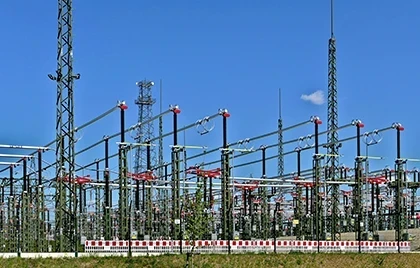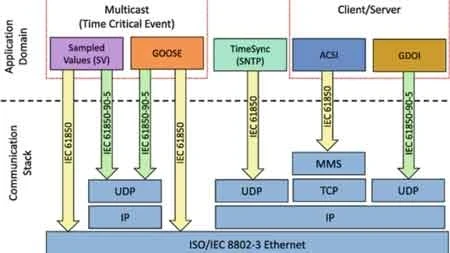Integrating the North American Power Grid
How the U.S. and Canada maximize their working relationship
BY PATRICK BROWN, Canadian Electricity Association (CEA)
North America is shifting towards a new energy paradigm. Where it was once viewed through the prism of scarcity, some are now beginning to speak of energy in the language of abundance. The grounds for optimism are understandable. For instance, technological breakthroughs on the production side are unlocking previously inaccessible deposits of oil and natural gas, while advances in conservation and efficiency practices are affording customers greater control over their energy use.
Still, the achievement of North American independence from volatile global energy markets is by no means a foregone conclusion. Economic recovery efforts remain fragile. The supply and delivery infrastructure for our resources is in urgent need of upgrade while an evolving landscape of risks poses significant threats to its security. And perhaps most importantly, transformative events in the market—such as the North American boom in natural gas production—have overtaken many of the policy structures in place across Canada and the United States that are essential in managing and integrating the North American power grid.
Too much of the framework shaping governments’ approach on energy issues is therefore not optimally-suited to addressing the opportunities and challenges at hand. The backbone of any strategy to confront and leverage the new energy landscape must be an enhanced North American electricity system.
Electricity plays an integral role in the robust Canada-U.S. relationship on energy, which itself is a fundamental pillar of the broader flow of two-way trade that is without compare anywhere in the world. The linkages between the Canadian and U.S. grids—more than three dozen in total—offer several advantages to both countries, such as higher reliability and expanded access to low-emitting resources. These physical interconnections have facilitated steady growth in what has become a continent-wide marketplace for electricity, with supply fulfilling demand in an efficient, cost-effective manner across North America.
From the vantage point of the voice of the Canadian electricity sector, CEA views our vibrant, bilateral electricity relationship—which has long served as a central instrument for economic vitality in both countries—as being an ideal platform from which to launch a renewed push towards a more secure, prosperous and autonomous continental energy posture.
This issue’s Live Wire is intended to help guide such efforts. In order to set a proper context, the first section provides an overview of the interconnected and integrated nature of the Canada-U.S. relationship on electricity, and highlights the mutual benefits thereof. The second section identifies four strategic goals to further strengthen the relationship.









